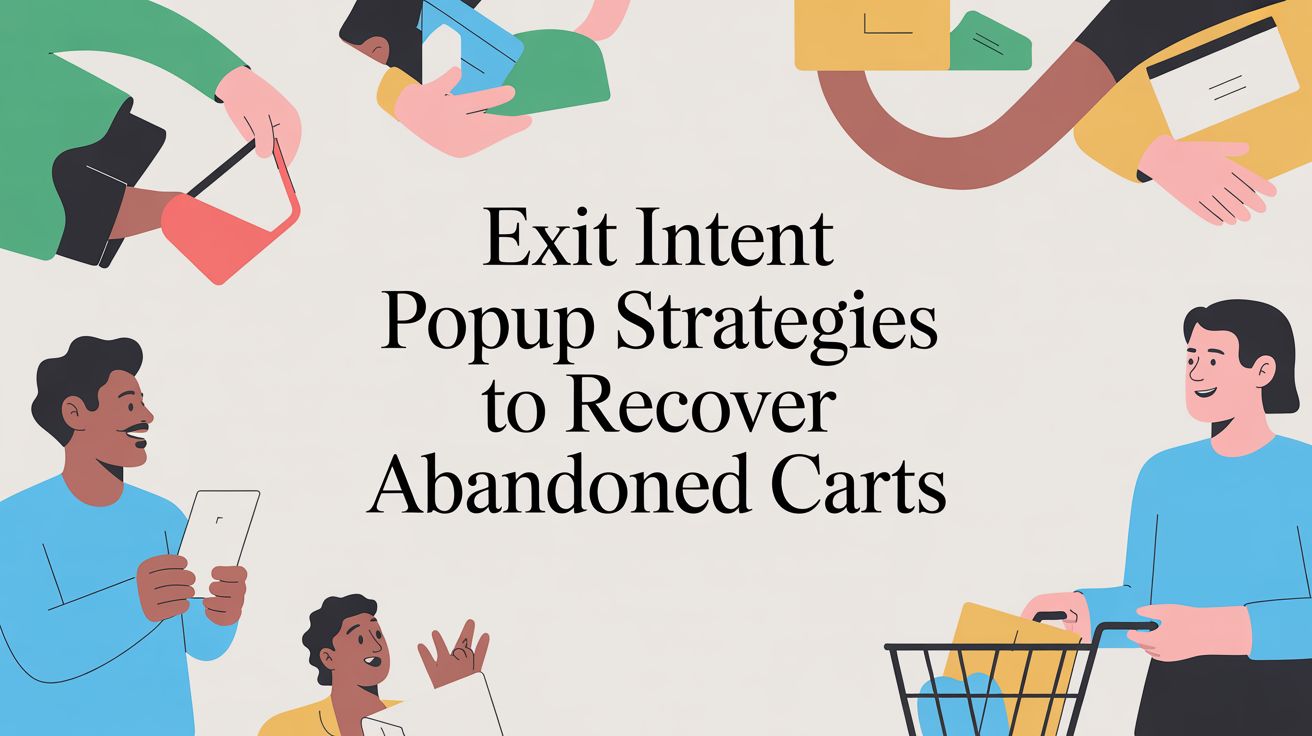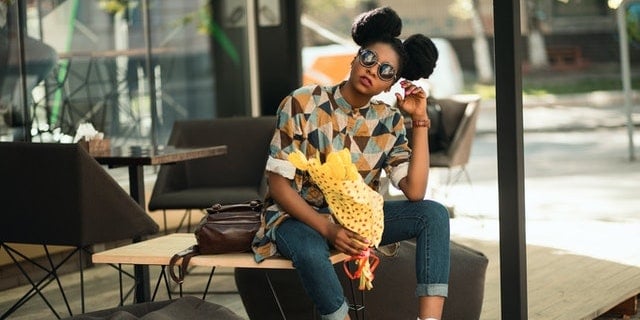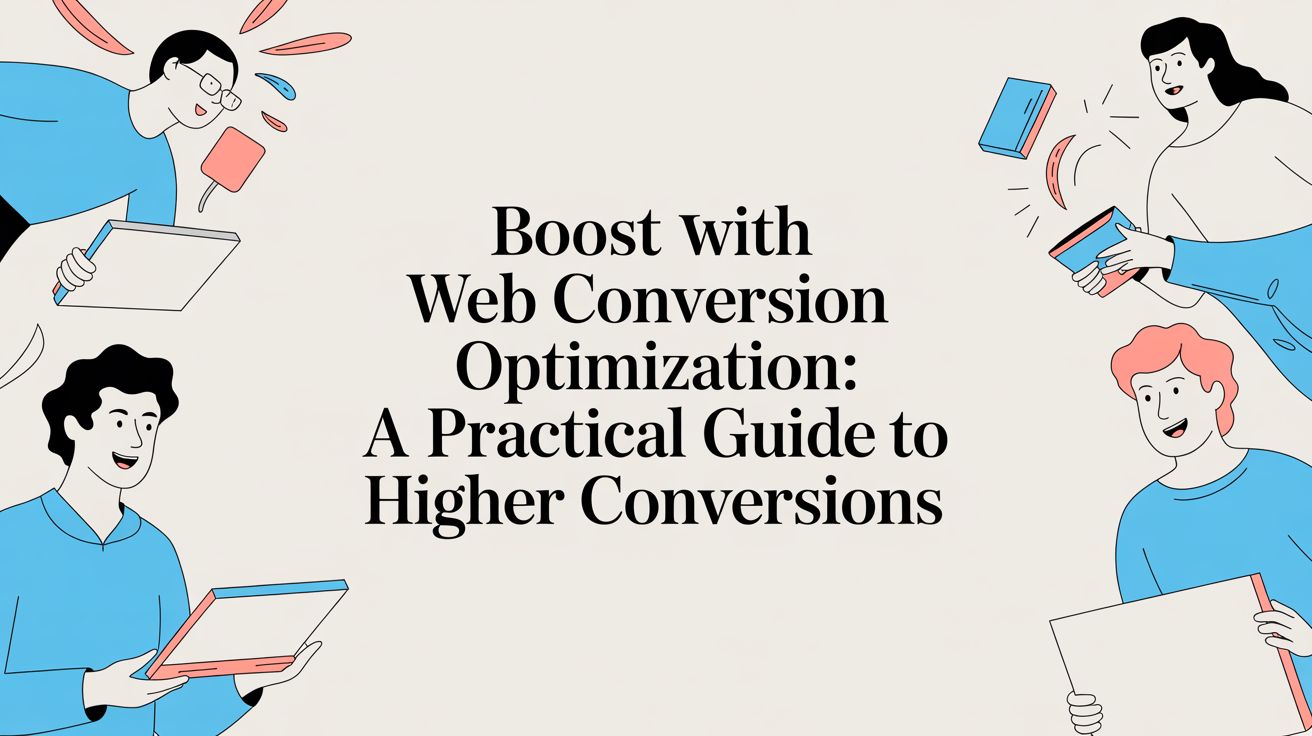
Fashion psychology: The brain science behind retail

A well-tailored suit. The perfect designer bag.
Many consumers go through life draped in fabric, never thinking too deeply about why they make the fashion choices they do. Brands and consumers know that clothes are a necessity and, when paired correctly they can make a statement, but just how much of that statement is tied to human psychology?
Clearly a question fit for experts, we contacted fashion psychologists Dr. Dawnn Karen, Assistant Professor at the Fashion Institute of Technology and author of "Dress Your Best Life," and Dr. Carolyn Mair, behavioral psychologist and author of "The Psychology of Fashion," to help us understand how consumer psychology impacts your customers and your brand.
What is fashion psychology?
To set the tone for this blog post, we want to make one thing clear: Serving your customers goes beyond giving them clothes to wear.
You may already recognize this from a marketing perspective, but the psychology of fashion is a whole other ball game, one that focuses on the relationship between a consumer’s attitude and their attire.
Fashion psychology is a relatively new idea, one coined by Karen to help articulate how brain science impacts consumer behavior during the retail shopping experience.
“I define it as the study and treatment of how color, image, style, beauty, shape and fabric affect human behavior while addressing cultural norms and cultural sensitivities,” said Karen.
Consumer often purchase what they know
No matter your relationship with fashion, it doesn’t take much to know that one outfit can make or break your mood, especially if you were counting on it turning out a certain way. The way it looks or feels might even change how you perceive its value. For example, if you were anticipating an outfit that impressed others or made you feel good, and it led to disappointment in the dressing room, this can cause the entire experience to feel like a let-down.
When situations like this happen enough, some shoppers will leave with items that closely reflect what they typically buy — despite the different variations of clothes retailers place on display in the store — in an effort to minimize regret.
Buying new products can be tricky. Consumers don’t know if the product will be worth the cost, if it’ll look as good on them as it did on the rack, or if it’ll encourage compliments from the people they know. With all of this to consider, it’s often easier for shoppers to rely on what’s worked in the past.
For instance, if you were to consider buying a nice pair of off-white jeans you might find yourself thinking ‘What do I have that’ll go with this?’ vs. ‘I love black shirts, let me buy another one’ to avoid any potential losses. Consumers like to fall back on automatic decisions, which typically results in them making the same sort of choices over and over again.
People who consistently wear or purchase clothing similar to what they own may be dealing with what Karen calls “Repetitious Wardrobe Complex.” The desire to stick with what’s familiar is innate to the human experience and can be great if consumers are choosing to stick with your brand, but it can also hinder them from branching out and looking at what else you have to offer.
Helping consumers take action
“You want to give them more products and let them see what it’ll look like when it’s put together by someone who perhaps has a better eye for creating a whole outfit,” said Mair. “A sensible brand will put something gorgeous together that is attractive and makes it easy for consumers to purchase multiple items and walk away happy because they already know how they’ll look.”
Helping consumers avoid the cyclical patterns they occasionally find themselves in can also be done by staying away from trends. Giving consumers the same options as another retailer not only makes it difficult for them to try something new, but it may not appeal to their belief system either.
“What needs to be trendy is someone’s value system. Particularly since the pandemic, people have been really cognizant of what they place on their bodies — sustainability, going green — if you can incorporate the values of your consumers [into your marketing] that can eliminate those feelings of disappointment,” said Karen.
So how do you incorporate customer values into your brand? Start by reminding yourself of what’s important to your audience. Think back to the factors you know enhance value for your customers and elevate them by catering to your their principles.
“What do these consumers care about beyond fashion?” asked Mair. “We care so much about social responsibilities, particularly younger generations, that brands can’t get consumer allegiance by sitting on the fence.”
It also may benefit your brand to do what Mair describes as “edutainment,” or education and entertainment, around what your consumers are shopping for. When you can provide consumers with fun knowledge about their fashion choices you help them make a choice that they’re going to be happy with and want to tell their friends about.
“Your customers love fashion, and they want to look their best…and people want to know they aren’t being manipulated, something that brands have had a reputation for doing,” said Mair. “When we have a kind of allegiance to a brand we tend to talk about that brand even when we’re not shopping with them. By having this sort of edutainment, brands can promote trust in consumers and create a community [full of satisfied customers].”
For many years, the shopping experience, either in-person or online, has been viewed as a transactional one where consumers interact with a brand and potentially come away with a new product. Fashion psychology offers retail brands a chance to style from the inside out; nurturing consumer thoughts, emotions and passions through the clothing they wear.

Lindsay Keener is a brand journalist for Quikly. She covers stories that help to inform and educate consumer-facing marketers.

